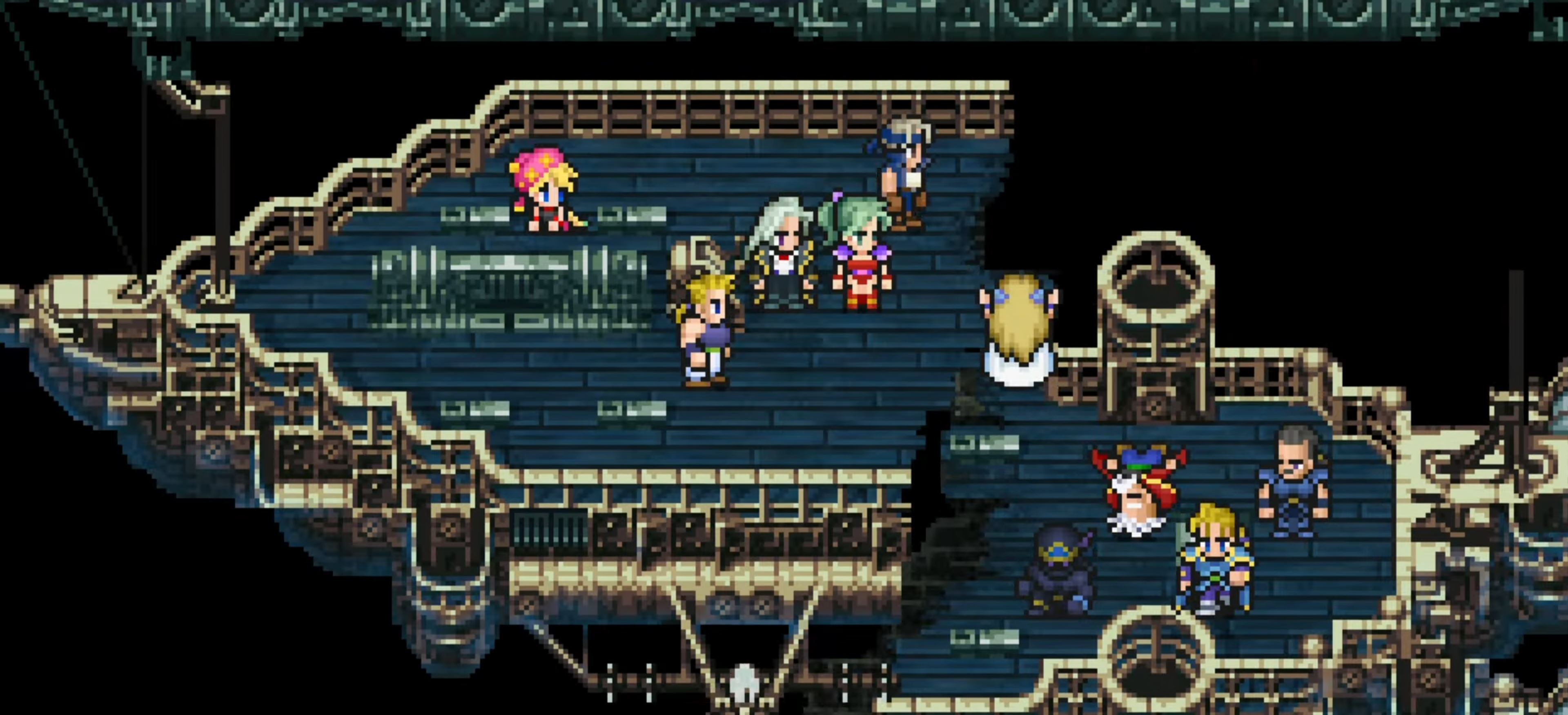Final Fantasy 6 is generally considered to be one of the greatest Final Fantasy games ever made. That 1994 title not only raised the bar in terms of console RPG production values, but it presented a mature, complex, emotional, and often dark storyline that boasted a massive cast of characters spread across numerous notable locations. It was a stunning achievement in its day, and it remains nearly as impressive to this day.
Yet, most who experience that story often remember it for its shocking twist. Late in the game, the player’s party is tasked with battling the evil Kefka: a court mage who seems to suffer from delusions of grandeur. At that moment, though, players soon learn that Kefka is so much more than what he initially appeared to be. In fact, Kefka is essentially able to trigger the apocalypse during that confrontation. Though most of our heroes survive the encounter, they are soon scattered across various parts of a now-broken world and are forced to pick up the pieces in order to launch what seems to be a hopeless assault against the mighty Kefka.
It’s difficult to overstate just how shocking that moment is for both the Final Fantasy franchise and gaming as a whole. Not only does Kefka instantly become one of gaming’s greatest villains at that moment, but he does so by essentially ending the world. Though the player is eventually able to defeat Kefka, that remains one of the most notable moments of the “bad guy winning” in all of entertainment. As noted above, it’s also the moment that has come to define the legacy of a game that also features many other all-time great qualities.
Yet, it turns out that moment wasn’t even supposed to be part of the game. In fact, it sounds like the Final Fantasy 6 team was as shocked to even consider implementing such a moment as many gamers were to ultimately witness it.
In the final part of a special interview series about the Final Fantasy franchise, series creator Hironobu Sakaguchi reveals that the decision to have Kefka destroy the world (so to speak) “wasn’t in there at the start.” According to Sakaguchi, the team basically got together one day and asked “Should we make that?” Longtime Final Fantasy producer and director Yoshinori Kitase expands on that memory by suggesting that the team actually asked “Wouldn’t it be interesting to destroy the world?”
When pressed for more information, Sakaguchi explains that the team was hesitant to actually explore that idea despite the fact that they were all intrigued by it. As Kitase rightfully points out, games had “never really shown what happened after a world was destroyed.” Despite their concerns, though, Sakaguchi notes that the team ultimately agreed to pursue that vision.
Mind you, that twist wasn’t actually that much of a departure from Sakaguchi’s grander vision for the game. According to Kitase, Sakaguchi approached Final Fantasy 6 as a game where “every character was the hero.” In other words, he wanted to make all of the party members feel like they could be the star of the game. As such, the decision to split the party up following the Kefka twist allowed the team to further explore each of those characters’ adventures.
Interstingly, Sakaguchi notes that the decision to follow that format and have various team members work on different character scenarios also fostered some healthy creative rivalries. For instance, Sakaguchi crafted Sabin’s scenario while Kitase worked on Shadow and Celes’s scenarios (among others). Actually, Kitase also reveals that the unique sequence that requires you to wait on the Floating Continent area until the last possible seconds in order to reunite with Shadow wasn’t the team’s original plan for the character. It seems that Kitase and Sakaguchi had previously softly banned themselves from using “time limit” events like that in their games, but Kitase “improvised” and implemented such a sequence as he felt that it fit Shadow’s character.
So what was the original plan for Final Fantasy 6‘s story before the Kefka twist was introduced? Well…we don’t really know. At the very least, the team doesn’t directly address that topic in that interview.
However, in an older interview, Kitase mentioned that one of his duties on the project was to balance the various character scenarios while wrapping their adventures around a central narrative involving “a conflict with Imperial forces.” Kitase believes that he may have “lost this balance” along the way and felt that the scenes involving Celes and Kefka became “far greater and more influential than originally intended when development began.”
That almost makes it seem like the original plan may have been for Final Fantasy 6 to feel a little more episodic throughout the course of the game. Perhaps those episodes would have culminated in a battle against Kefka (or, more likely, some other Imperial character). Instead, the team clearly decided to roll with the apocalypse angle and forcibly divide the party once more following that event. It certainly seems to have been the right decision.
